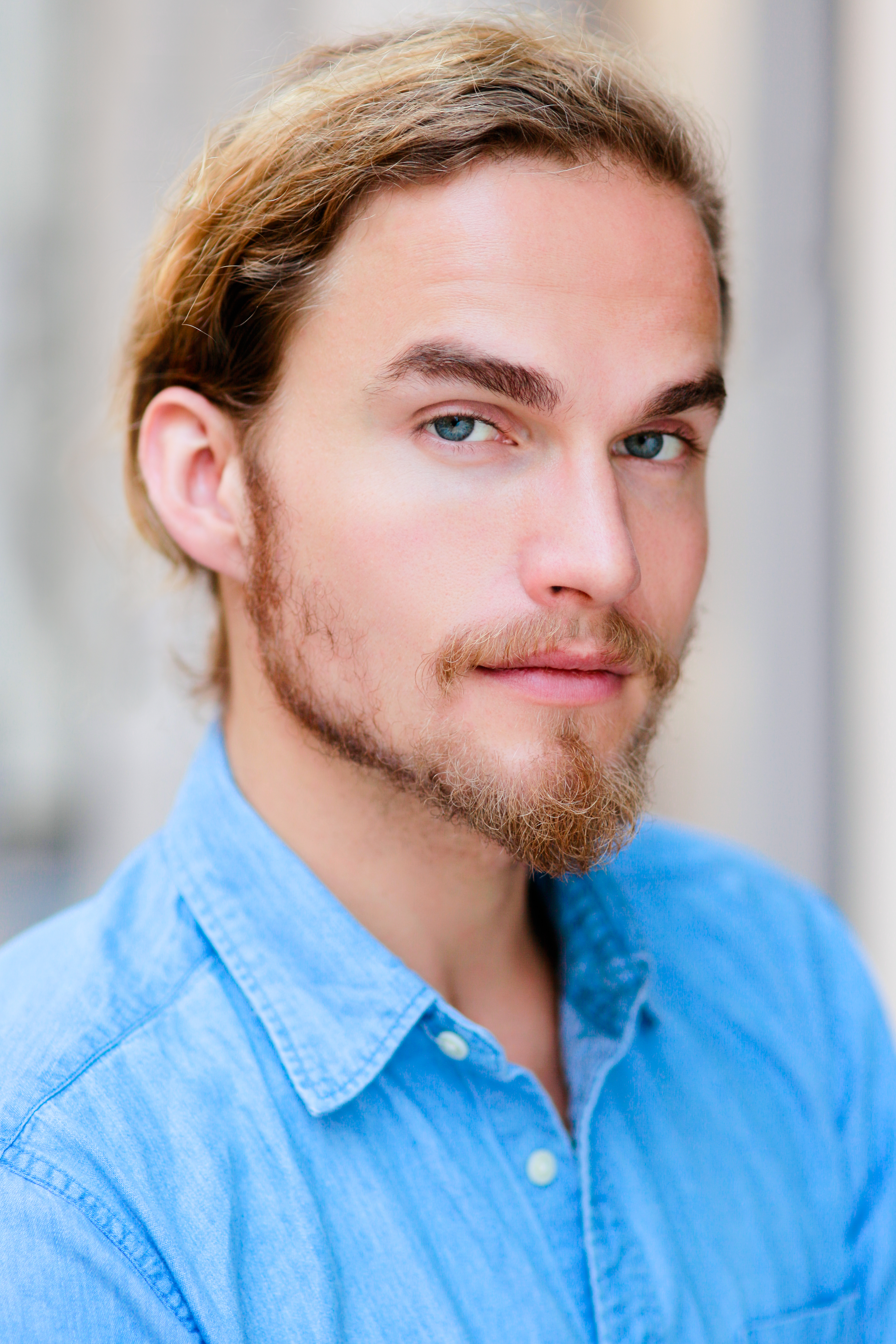It was Friday, June 29, 2007, 6 p.m. Pacific, when the world slid into your palm. The Internet, once tethered to desks, suddenly went mobile. Our necks craned downward, where they’ve been ever since.
That was the exact moment the iPhone arrived, and tech bloggers literally broke into song.
A returned, resurgent Steve Jobs teased it at MacWorld that January: It’s not just one device, but three: “a widescreen iPod with touch controls, a revolutionary mobile phone and a breakthrough internet communications device,” he said.
It’s hard to wrap your mind around how much the iPhone has changed our lives. But Rani Molla, ReCode’s ace quants reporter, has done a bang-up job. Her post is totally worth the read, but I’d like to zoom in on a few especially stunning data points.
Point one: The Internet has become pocketed.
Let’s start with bytes. From 2007 to 2017, monthly usage of mobile voice grew by 269 percent. In that same period, monthly mobile data use increased by a whopping 397,914 percent — which is a lot.
A couple other landmarks speak to the dominance of mobile Internet. In 2015, the number of Americans who only used mobile to access the web surpassed the just-desktop set. That same year, Google revealed that it got more search requests from from phones than desktops. And last year, phones overtook desktops as the go-to Internet device worldwide.
Point two: Photography’s gone mainstream, and cameras have basically died.
Photography used to be something you needed a dedicated device for; recall how in the 2008 club banger “Sexy Can I,” the esteemed lyricist Ray J said “It’s a Kodak moment, let me go and get my camera” (emphasis mine.) But with the widespread penetration of the iPhone and its ilk; there’s no need to go fish out a point-and-shoot—one’s Kodak moments are readily Snapped or Grammed.
To wit, Molla reports that in 2011, an estimated 400 million photos were taken worldwide, half of them on a phone. In 2017, it’s 1.2 trillion, with 85 percent taken by phone.
Not unrelatedly, the camera industry has largely collapsed. Last year, a full 98.4 percent of consumer cameras sold were built into smartphones—with standalone compacts, DSLRs, and mirrorless models accounting for the remaining percentiles.
Point three: Even gum sales have fallen.
To capture the way smartphones have shifted the axis of the economy, you have to look at things affected by the way they newly dominate our attention. Like, say, the supermarket checkout line.
Back in the day, linewaiters would have to look at things other than glowing screens while waiting to get rung up, so their gaze—and sweet tooths—would reliably land on the magazines and candy stacked up around them.
But now, we’d rather like brunch pics on Instagram or argue with strangers on Twitter, and the gum industry has felt it. Molla reports that since 2007, U.S. gum sales have gone down 15 percent. The bubble, one might say, has popped. And another has taken its place.


